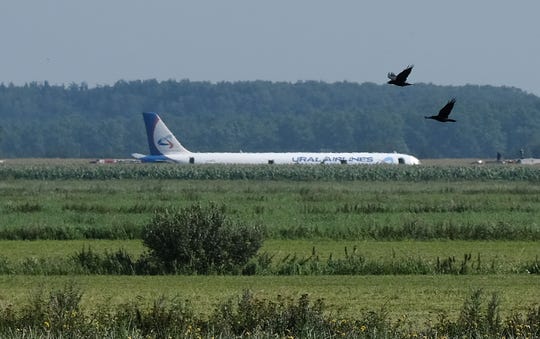
Ask the Captain: What can be done for passengers who are allergic to animal dander?
09/06/2019With so many passengers bringing emotional support animals on planes, what can be done to help people who are allergic to animal dander? There was a cat in our cabin on a recent flight from Richmond to Houston and my wife began to have an allergic reaction and had to take Benadryl.
– Larry, Williamsburg, Virginia
The carriage of animals is one of the most difficult challenges that airlines regularly face. Attempting to balance the desire for some people to bring animals onboard while considering the allergies of others is tough and there doesn’t appear to be a solution on the horizon.
Earlier this week, a black passenger sued American Airlines alleging that he was removed from the first class cabin of his April 14 flight over his allergy to a fellow passenger’s support dog.
Flight attendants can often persuade passengers to switch seats providing separation between the animal and the person with the allergies, as American said they offered to do in that case. The earlier the flight attendants know about the issue, the more likely they can arrange a solution. However, there are times when passengers can’t or won’t switch seats, making for a difficult flight.
If this happens to you or a companion, try opening the overhead air vent. By directing the flow of air that hasn’t been exposed to animal dander toward the passenger with the allergy, you can reduce the severity of the reaction.
Related case: Black man sues American Airlines for discrimination after he was removed from plane over dog allergy
In August, a Urals Airlines pilot pulled a "Sully," safely landing his A321 in a Russian cornfield after a bird strike disabled both engines. (Photo: YURI KADOBNOV/AFP/Getty Images)
With flocks of birds wreaking havoc on airplane engines, why aren’t there screens on the engines that would allow air to flow in but but keep animals out?
– David Weinstein, Los Angeles
This has been suggested by some for years but it’s not a perfect solution. One potential problem is the screen splitting the bird into pieces small enough to enter the engine. Additionally, if the bird causes damage to the screen, it, too, can be pulled into the engine causing more damage than the bird itself.
Jet engines very carefully control the airflow into the fan and compressor section. if a bird got caught in the screen, that could potentially disrupt airflow, leading to a loss of power.
In most cases, a bird goes into the engine and is thrown outward into the fan duct where it does little or no damage. Very rarely one will get pulled into the core, which can cause more damage.
Bird-strike-induced emergency landings like 2009’s Miracle on the Hudson, when US Airways pilot Chesley Sullenberger landed Flight 1549 in the Hudson or the Russian A321 pilot who put his plane down in a Russian cornfield in August are extremely rare. However, they do illustrate the need to improve bird tolerance in newer engines. Manufacturers do extensive bird-ingestion testing but there are still improvement to be made.
John Cox is a retired airline captain with US Airways and runs his own aviation safety consulting company, Safety Operating Systems.
Source: Read Full Article


